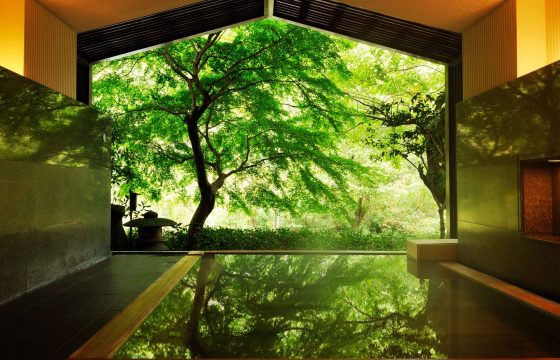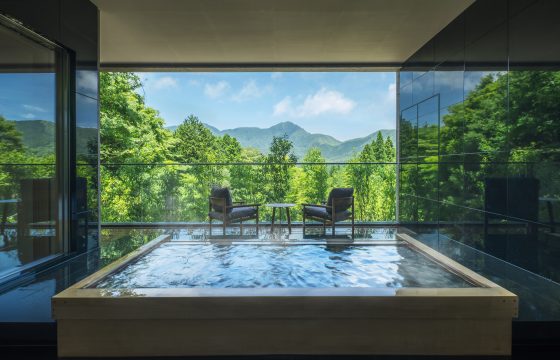Check the temperature and clothing in Hakone
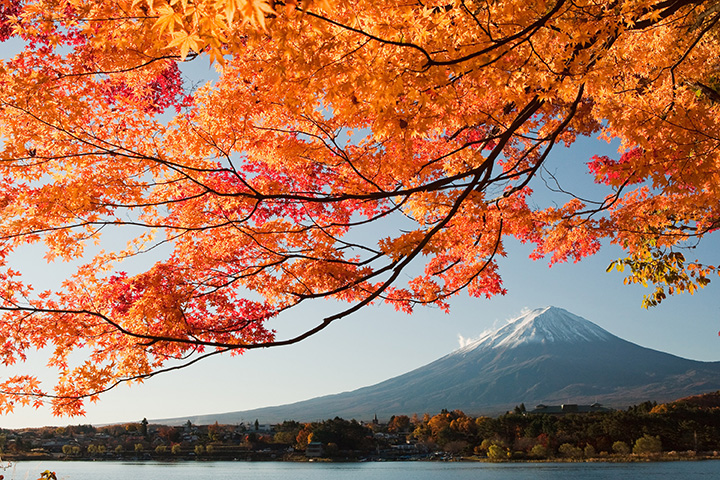
Hakone is located in the southwest of Kanagawa Prefecture. Boasting one of the largest numbers and volumes of hot spring springs in Japan, and with easy Direction from the capital, the "Seven Hot Springs of Hakone" was established in the Edo period. In the Meiji period, it became popular as a summer resort for foreigners, and even today it remains one of the most popular hot spring resorts in Japan, attracting many visitors.
Hakone is formed by the 1000m high outer rim of the Hakone volcanic caldera, the lakes and grassland marshes within the caldera, and other elements. The annual temperature in Hakone-Yumoto, located at an altitude of about 97m at the foot of the outer rim, is not much different from that in Tokyo, but in Sengokuhara, located at an altitude of 645m, the temperature is 3 to 4°C lower. In January, the coldest month, the difference in minimum temperature is about 8°C.
To ensure a comfortable stay in hot spring, which offers abundant nature and hot springs that can be enjoyed all year round, be sure to take into account the difference in altitude and bring an extra layer of clothing to protect yourself from the cold during each season, and be prepared for temperature changes.
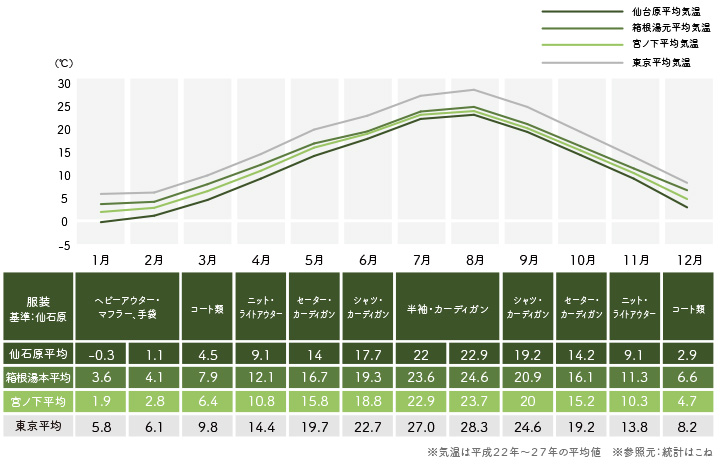
<Temperature and clothing in Hakone>
Hakone Spring (March to May) Temperature and Clothing
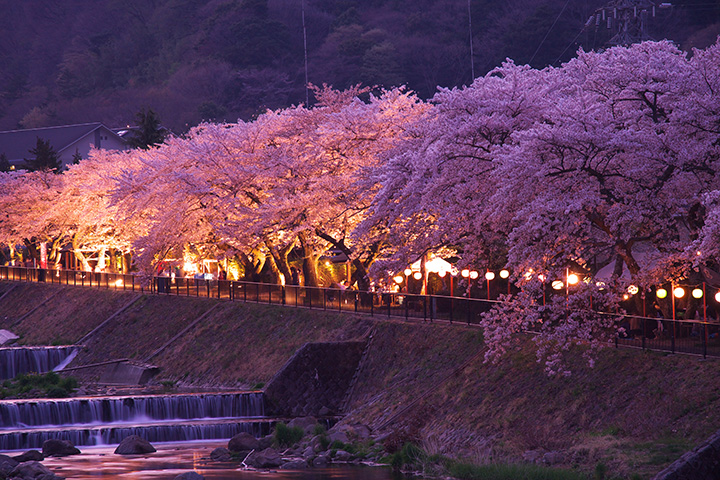
The average temperature in Hakone-Yumoto in March is 7.9°C, which is a little colder than Tokyo. The average temperature in Sengokuhara is 4.5°C, so you'll still need a thick coat. However, during the day, temperatures in both Hakone-Yumoto and Sengokuhara can rise to around 20°C, so be sure to wear clothes that are easy to put on and take off.
Cherry blossoms begin to bloom in Hakone in late March. They start blooming in Hakone Yumoto and Ohiradai, and the cherry blossom front gradually moves to higher altitudes, and you can enjoy the cherry blossoms at Lake Ashi until early May.
April and May are the best seasons to visit Hakone, where the new greenery is dazzling. Azalea viewing spots such as Hakone Gora Park are filled with splendor. Both Hakone Yumoto and Sengokuhara have days when the maximum temperature exceeds 20°C, allowing you to enjoy warm weather. During the day, a long-sleeved shirt will be sufficient, but in high-altitude areas such as Sengokuhara, it gets chilly in the mornings and evenings, so we recommend bringing a hoodie or jacket.
Hakone summer (June to August) temperature and clothing
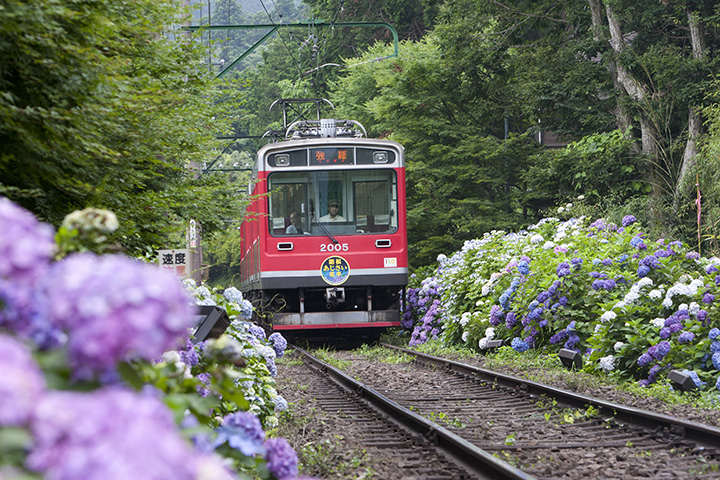
In June, Hakone has many rainy days, covering more than half of the month. The average temperature in Hakone-Yumoto is 19.3°C, and in Sengokuhara it is 17.7°C, so it feels colder when it rains. It is useful to bring a windbreaker or a slightly thicker jacket. The Hakone Tozan Railway's "Hydrangea Train" appears from June to early July. Hydrangeas, shiny with the rain, decorate the train window. After the rainy season ends, Hakone-Yumoto welcomes the hot summer, with an average temperature of 24.6°C in August. Meanwhile, the average temperature in Sengokuhara is 22.9°C, about 2°C lower. In both cases, you can wear a T-shirt during the day, but if you are going to a high-altitude area, bring a thin cardigan. Also, there is a high probability of rain in August, so bring rain gear.
Summer is packed with events, such as the Lake Ashi fireworks festival and the Gora Daimonji bonfire.
Hakone Autumn (September to November) Temperature and Clothing
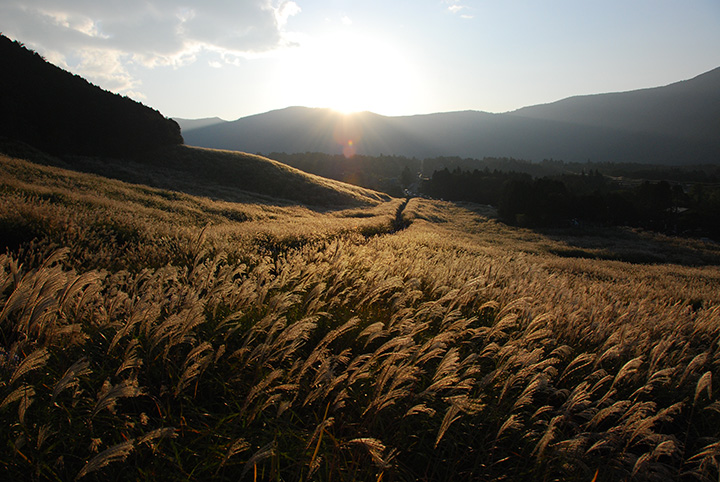
The average temperature in September in Hakone-Yumoto is 20.9°C. In Sengokuhara, it is 19.2°C. Until mid-September, the heat is still intense during the day, and you can go out in the same clothes as in summer, but in the latter half of the month, autumn suddenly starts to appear in the higher altitude areas. Not only mornings and evenings, but also during the day, it becomes cooler more and more, so it is useful to have a large scarf that you can wear over your jacket. The trees start to change color from the top of the outer rim in late October. The silver grass fields in Sengokuhara also start to shine golden. The average temperature in November, when the autumn leaves and silver grass are at their best, is 11.3°C in Hakone-Yumoto and 9.1°C in Sengokuhara. It gets even colder at night, and in late November, there are more days when the temperature drops below zero in Sengokuhara. If you go out to enjoy the autumn leaves, a coat is essential. You should also take measures against the cold, such as wearing boots on your feet.
Also, there are many rainy days in Hakone in autumn, so be sure to bring rain gear.
Hakone winter (December to February) temperature and clothing
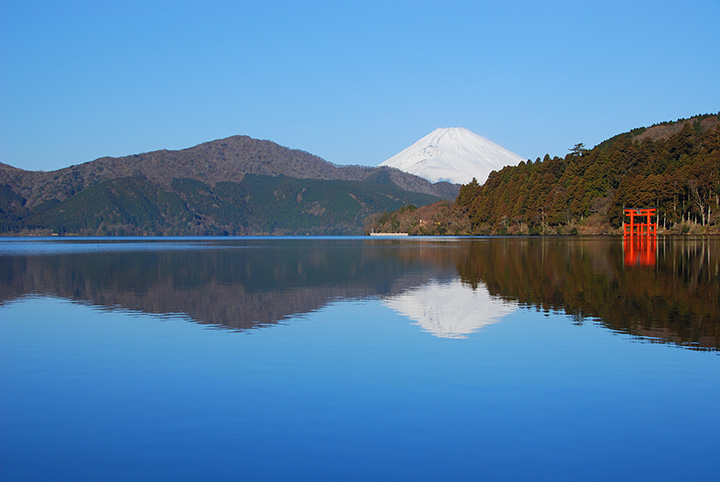
In winter in Hakone, clothing differs between low and high altitude areas. The average winter temperature in Hakone-Yumoto is only 1 to 2°C lower than the average temperature in Tokyo, so the same outdoor clothing as in Tokyo is fine. On the other hand, the average temperature in Sengokuhara is often below -5°C, and it snows several times a month, with some snow accumulating. When going out, it is essential to take measures against the cold, such as wearing a down coat, boots, and a scarf around your neck. If you are going out by car, check the weather forecast in advance, and if there is a possibility of snow, be sure to equip yourself with chains or studless tires.
In addition, there are many sunny days in winter, and the snow-capped Mount Fuji stands out clearly in the clear air at Lake Ashi. Hakone, where you can enjoy such magnificent views, is the perfect destination for the season when you long for warm hot hot spring.
<Unique hot spring inns to enrich your trip to Hakone>
After enjoying sightseeing, why not relax at a hot spring inn? Hoshino Resorts 'hot spring brand, "Kai," operates two unique inns in the Hakone area: "Hoshino Resorts KAI Hakone" a stylish Hot spring ryokan located along a mountain stream, and "Hoshino Resorts KAI Sengokuhara," an atelier Hot spring ryokan where you can enjoy art Experience.
Hoshino Resorts Hoshino Resorts KAI Hakone
A Hakone marquetry inn overlooking the majestic Mount Yuzaka and the clear waters of the Sukumo River
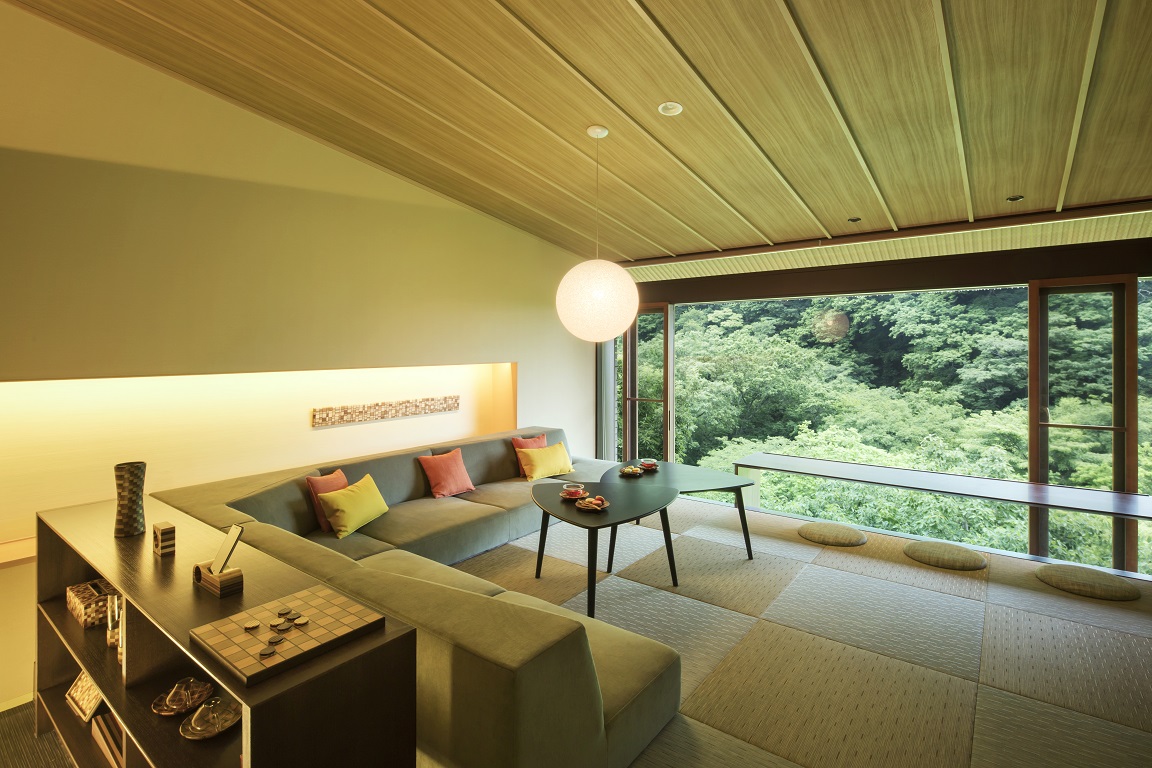
About 7 minutes by car from Hakone Yumoto Station. This elegant hot Hot spring ryokan stands on the grounds facing the Sukumo River along the old Hakone Highway. You can enjoy the seasonal atmosphere of Mt. Yuzaka from the ancient cypress bathtub filled with sodium chloride spring water, which is said to be good for poor circulation. All Guest room overlook Mt. Yuzaka and the Sukumo River, allowing you to spend your time in a quiet environment while listening to the murmuring of the river.
The building is decorated with vessels, hanging scrolls, and furniture made from the traditional craft of Hakone marquetry, allowing visitors to feel the culture that lives on in Hakone. At the "Yosegi CHAYA" event (free) held every night, a picture-story show is used to tell the story of the birth of marquetry and how it is made in an entertaining way.
For your meal, you can enjoy the "Meiji Gyu-nabe" (Special Kaiseki course). This is a masterpiece that incorporates the historical background of this area, which was popular among Westerners and the upper classes as a hot spring resort and where Western cuisine has been made since early times.
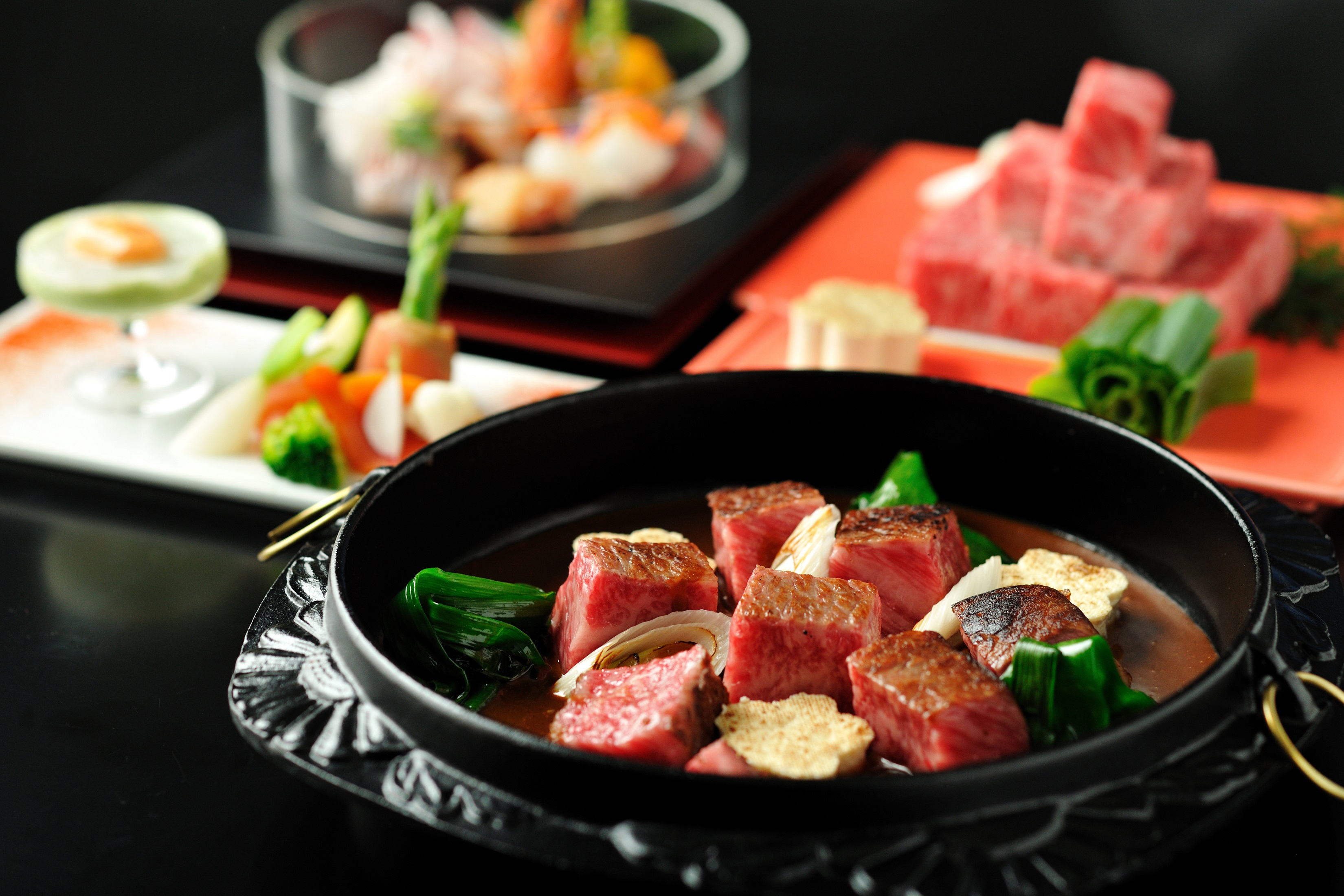
- Hoshino Resorts Hoshino Resorts KAI Hakone
-
 https://kai-ryokan.jp/hakone/
https://kai-ryokan.jp/hakone/ 230 Yumotochaya, Hakone-machi, Ashigarashimo-gun, Kanagawa Prefecture MAP
230 Yumotochaya, Hakone-machi, Ashigarashimo-gun, Kanagawa Prefecture MAP
 Approximately 7 minutes by car from Hakone-Yumoto Station
Approximately 7 minutes by car from Hakone-Yumoto Station 0570-073-011 (Kai Reservation Center)
0570-073-011 (Kai Reservation Center) to exist
to exist Make a reservation here
Make a reservation here
Hoshino Resorts Hoshino Resorts KAI Hakone Reservation Site
Hoshino Resorts Hoshino Resorts KAI Sengokuhara
Stay in Guest room with Outdoor hot spring bath and be surrounded by art and nature.
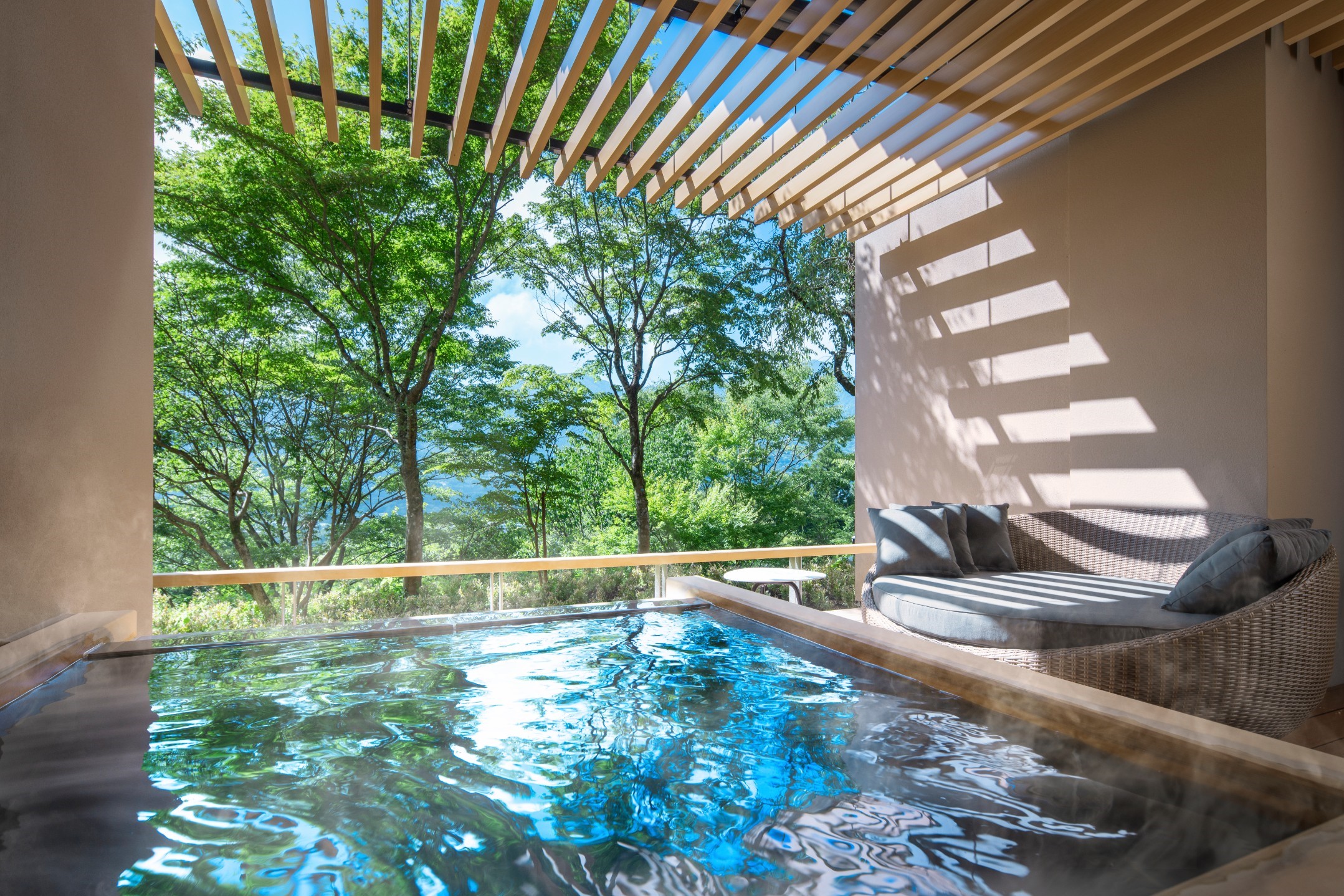
About 30 minutes by car from Hakone-Yumoto Station. Surrounded by majestic mountains and far from the hustle and bustle, Sengokuhara has been loved by many artists as a place suitable for immersing oneself in the creation of their works. "Hoshino Resorts KAI Sengokuhara" is an atelier Hot spring ryokan located in this area.
The guest Guest room are decorated with artworks that artists have created during their stay, allowing you to relax and feel the brush strokes of their brushes up close. The meals are also carefully designed, with tableware that highlights the playfulness and beauty of the art, and instant smoked food that evokes the smoke of Owakudani. You can also enjoy a creative Experience with the "Tenugui Painting and Coloring Experience" (free of charge).
hot spring is a sulfate and chloride hot spring drawn from Owakudani, and a short bath will leave your skin smooth and warm your body. Enjoy a moment surrounded by art and nature at Hoshino Resorts KAI Sengokuhara.

- Hoshino Resorts Hoshino Resorts KAI Sengokuhara
-
 https://kai-ryokan.jp/sengokuhara/
https://kai-ryokan.jp/sengokuhara/ 817-359 Sengokuhara, Hakone-machi, Ashigarashimo-gun, Kanagawa Prefecture MAP
817-359 Sengokuhara, Hakone-machi, Ashigarashimo-gun, Kanagawa Prefecture MAP
 About 30 minutes by car from Hakone-Yumoto Station
About 30 minutes by car from Hakone-Yumoto Station 0570-073-011 (Kai Reservation Center)
0570-073-011 (Kai Reservation Center) to exist
to exist Make a reservation here
Make a reservation here
Hoshino Resorts Hoshino Resorts KAI Sengokuhara Reservation Site






